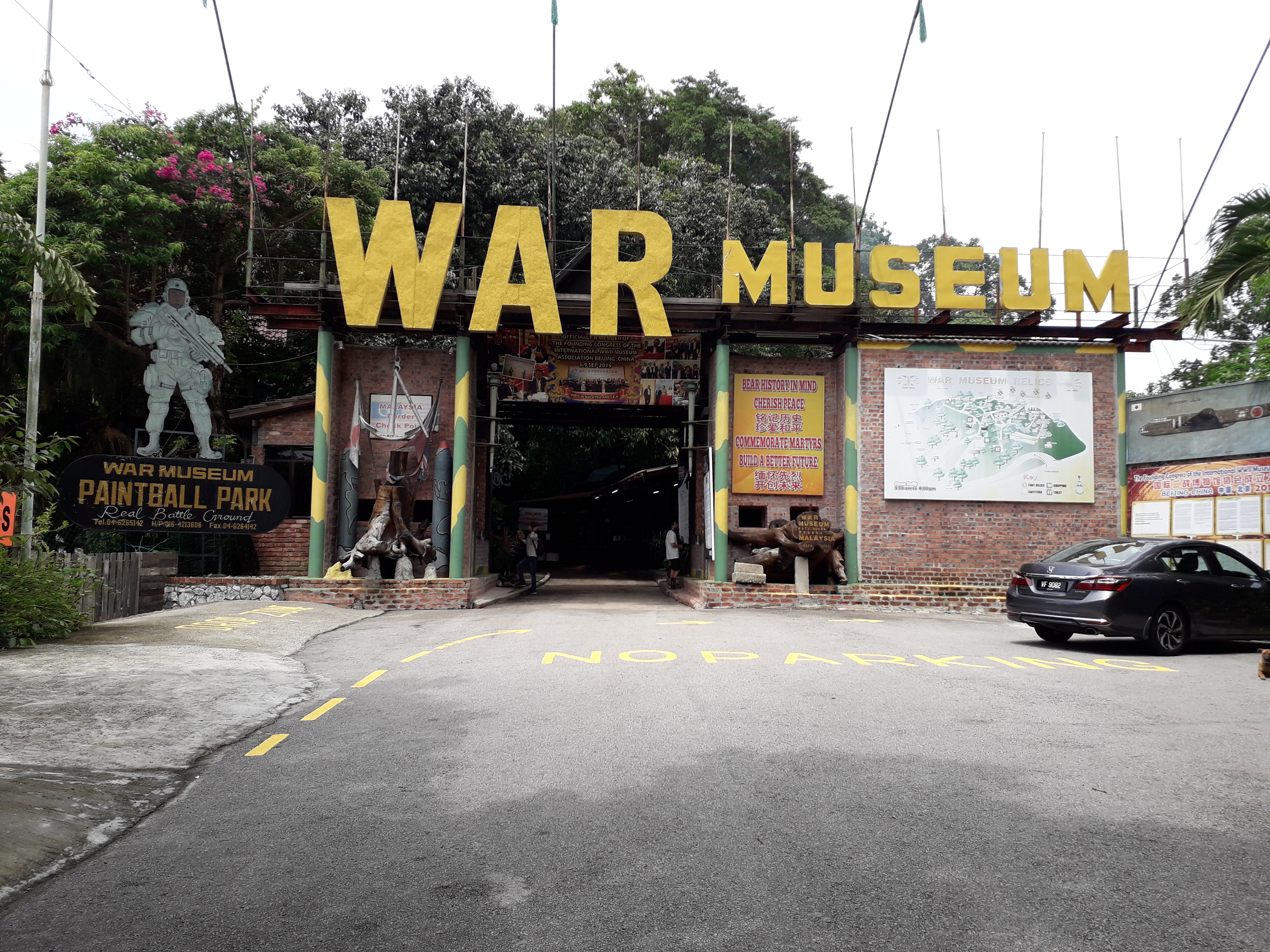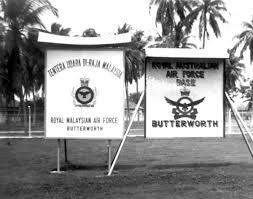MWI 41102712 The Posting
Fatboy Coxy
Monthly Donor
1941, Monday 27 October;
William Steel had been expecting a letter over the last couple of weeks, ever since the 2nd, 3rd and 4th Indian HAA Regiments had been declared operational at the beginning of October. That he wasn’t posted to one of them, was thought of as good luck, but in truth, it was more down to the Chief Executive of Eastern Bank, his employer, who had lobbied hard not for him to be called up yet. Nevertheless, the clouds of war were gathering, as was evident with the ongoing preparations around Singapore, and it was only a matter of time before he was caught up in it. He'd opened the letter in his study, alone, steadying himself for what the contents might bring, read it, and then having composed himself, not without a considerable amount of relief, went and found his wife Mary, and told her the news.
Ever since he’d been passed out as Lieutenant, Indian Artillery, back in the beginning of April, and been made supernumerary to the 1st Indian HAA Regt, he’d been attending camp every Wednesday, along with some weekend exercises or courses. He’d done some training, commanding gun sections, up to a half battery of four guns, but had spent more time on the technical aspects of the job, capabilities of the 3-inch 20 cwt gun, the ammunition it used, the predictor, and how that worked, and gun deployment. He couldn’t say he was an expert, but he had an idea what to do now.
The letter was informing him, he was being made temporary Captain, and assigned to the 17th Battery, 6th Indian HAA Regiment, which as yet was non-operational. He was to report to Major Prescott, the commander of the battery, so old Johnny Prescott had been promoted too! The battery, indeed the Regiment was still based with the 1st HAA here in Singapore, and by no means had its full complement of men, guns, transport and equipment, but clearly the authorities intended to change that, charged with bringing both the 5th and 6th Indian HAA Regiments to operational status by January 1942. Anyway, he wasn’t to report in until next Monday, which gave him a week to put his affairs in order, and hopefully, the regiment would remain in Singapore, keeping him close to Mary.
William Steel had been expecting a letter over the last couple of weeks, ever since the 2nd, 3rd and 4th Indian HAA Regiments had been declared operational at the beginning of October. That he wasn’t posted to one of them, was thought of as good luck, but in truth, it was more down to the Chief Executive of Eastern Bank, his employer, who had lobbied hard not for him to be called up yet. Nevertheless, the clouds of war were gathering, as was evident with the ongoing preparations around Singapore, and it was only a matter of time before he was caught up in it. He'd opened the letter in his study, alone, steadying himself for what the contents might bring, read it, and then having composed himself, not without a considerable amount of relief, went and found his wife Mary, and told her the news.
Ever since he’d been passed out as Lieutenant, Indian Artillery, back in the beginning of April, and been made supernumerary to the 1st Indian HAA Regt, he’d been attending camp every Wednesday, along with some weekend exercises or courses. He’d done some training, commanding gun sections, up to a half battery of four guns, but had spent more time on the technical aspects of the job, capabilities of the 3-inch 20 cwt gun, the ammunition it used, the predictor, and how that worked, and gun deployment. He couldn’t say he was an expert, but he had an idea what to do now.
The letter was informing him, he was being made temporary Captain, and assigned to the 17th Battery, 6th Indian HAA Regiment, which as yet was non-operational. He was to report to Major Prescott, the commander of the battery, so old Johnny Prescott had been promoted too! The battery, indeed the Regiment was still based with the 1st HAA here in Singapore, and by no means had its full complement of men, guns, transport and equipment, but clearly the authorities intended to change that, charged with bringing both the 5th and 6th Indian HAA Regiments to operational status by January 1942. Anyway, he wasn’t to report in until next Monday, which gave him a week to put his affairs in order, and hopefully, the regiment would remain in Singapore, keeping him close to Mary.


